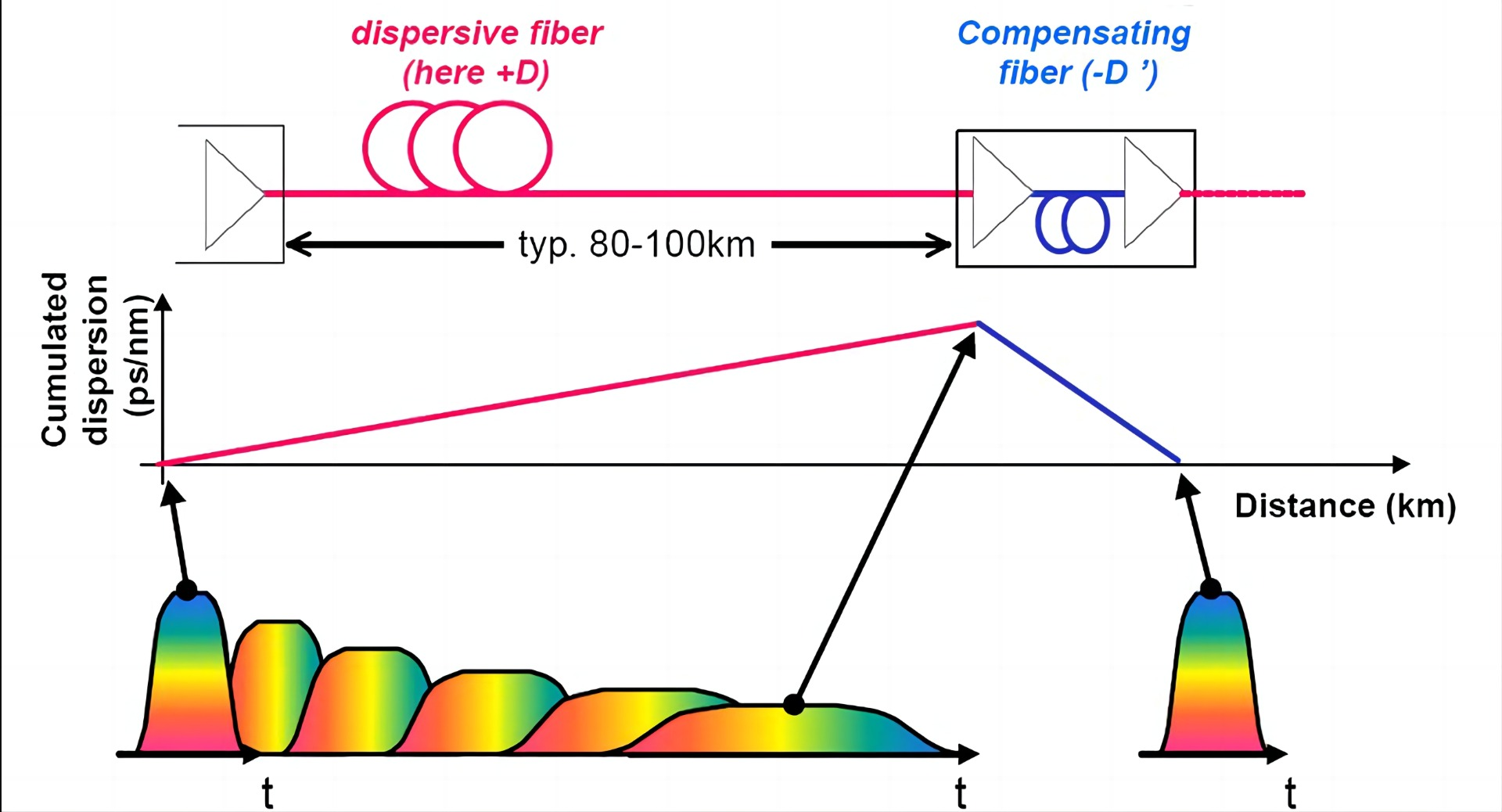How Does a Fiber Identifier Work?
- Addtime: 2024-04-03 / View: 288
Optical fiber identifiers are designed to non-invasively identify continuous-wave signals in fiber optic cables. They are low cost, hand-held tools that identify signals in single-mode fiber without interrupting service or damaging the fiber. Optical fiber identifiers eliminate the need to open the fiber at the splice point for identification, eliminating the probability of interrupting service. Suppliers are located around the world and adhere to a variety of quality standards for optical fibers and optical fiber identifiers. For example, both the International Telecommunications Union (ITU) and the International Electrical Committee (IEC) have incorporated reduced water-peak requirements into fiber and cable specifications.

Optical fiber identifiers are used to test the type of signal being relayed or identify the specific type of optical fiber being used in cabling systems. They can also be used to detect the traffic speed of an operating link, or in a 2 kHz tone injected by a test source. There are three basic types of fiber optic cable: single mode, multi-mode, and plastic optical fiber (POF). Optical fiber identifiers can detect various types of signals, including continuous wave, live optical transmission, and low frequency modulated tones at 270, 1000, and 2000 Hz. Some optical fiber identifiers can pick up other tones.
Optical fiber sensors are clamped onto an optical fiber and couple light through a low insertion, loss macro-bending technique. This macro-bending technique allows the optical fiber indicators to clamp onto the fiber without over stressing or damaging the fiber. When traffic is detected on the fiber the direction of the traffic is indicated by the optical fiber identifiers and is displayed by an analog or digital method, depending upon the model. Some optical fiber identifier models are equipped with audible tone indicators as well as visual displays.

Additional Features
Additional features for optical fiber identifiers include an indication light activated by signal transmission, low-battery indicators, a self-testing option, a fiber optic probe, a carrying case, and interchangeable heads. The interchangeable heads for optical fiber identifiers can be fitted for jacketed fibers, coated fibers, or ribbon fibers. Although most optical fiber identifiers are battery-operated, some products can be powered by external battery packs or electrical currents.



